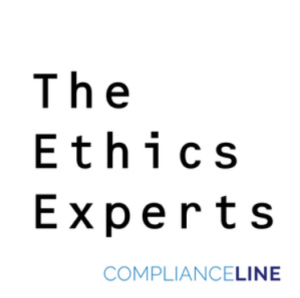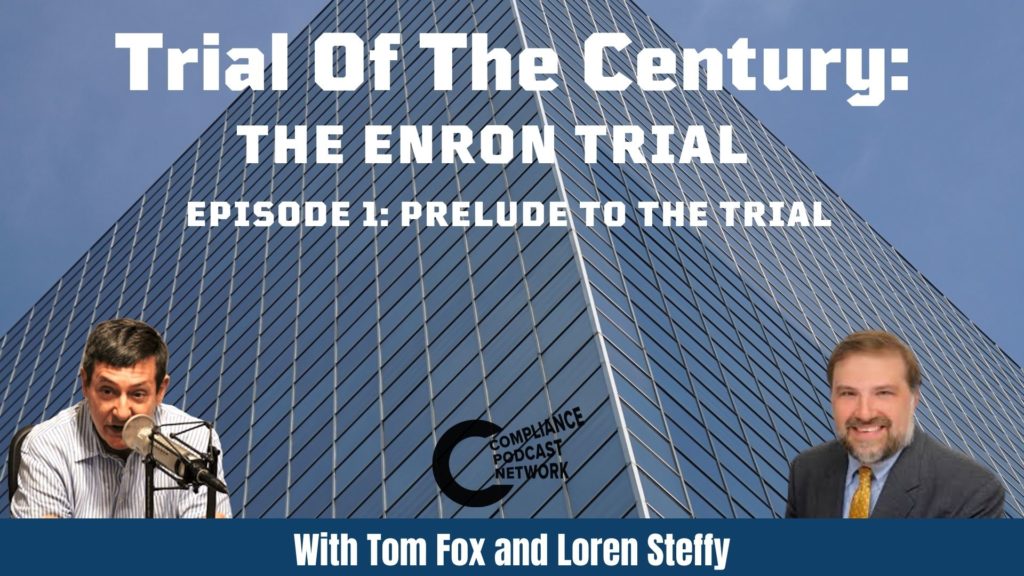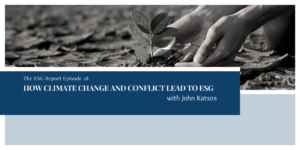The DOJ obtains a guilty plea on conspiracy to commit economic espionage.
Day: January 24, 2022
Episode 108 – Simon Fowler

In this episode of The Ethics Experts, Nick welcomes Simon Fowler. As a member of the Korn Ferry Learn product team, Mr. Fowler leads a team of learning solution designers and multi-media developers.

The five-part series on the Enron Trial kicks off with Tom Fox and actual trial attendee, Loren Steffy. This first episode highlights the major events that led up to the beginning of the trial, many years ago.
Enron in the Early Years
Enron was once the seventh biggest publicly traded company in America. When natural gas trading was deregulated, Enron made a name for themselves by creating a platform that allowed for easy trade of natural gas contracts.
The Downfall of Enron
As Enron grew, they attempted to expand their trading mentality to other markets. There was intense pressure to prove their successes due to being publicly traded, and eventually, they found a way to hide debt and fabricate numbers. However, in mid 2001, their stock began to fall and the questions flooded in. Enron’s lies quickly unraveled, leaving them bankrupt by early December – they went from being the seventh largest company in America, to being broke.
The Arrest and Key Charges
One of the stunning things about Enron, as a corporate scandal, was that it was really the first time this sort of widespread fraud was seen. In the case of Enron, there were dozens of indictments, but many unindicted co-conspirators. Most of the executives cut plea deals, agreeing to testify against the chairman, Kenneth Lay, and former CEO, Jeffrey Skilling. Though there had been past cases of corporate malfeasance, there had never before been a corporate culture so focused on malfeasance as Enron Corporation. “Looking back at Enron,” Loren says, “it was a culture that really encouraged people to break the rules.”
Off-the-books Partnerships
Enron’s partnerships began with an operation called JEDI, done with a small oil and gas company, CODA Energy. Their debt was placed into this entity, and essentially, hidden. This became the model that they used, eventually being done on a larger scale with more interlocking companies passing debt back and forth. A partnership with LJM was where most of the debt was parked. Conflicting documents related to this partnership are what led to the exposure of Enron’s sharp practice.
Other famous partnerships included Enron Broadband, and the Nigerian barge deal.
Andrew Fastow’s Role
Andrew was the CFO at Enron, and quite the unusual one, at that. He was more of a behind-the-scenes guy in the company, but became a critical player in the trial. Agreeing to a plea deal, he testified against Lay and Skilling in exchange for a ten year sentence. As an observer in the trial, Loren stated that, “His testimony was very striking. He seemed very sincere in the fact that he believed that the company had done things wrong, and that he had committed crimes.”
RESOURCES
Loren Steffy | LinkedIn | Twitter

Tom Fox welcomes John Katsos to this episode of the ESG Report. John is an Associate Professor of Management at The American University of Sharjah, a scholar, and a writer. In this conversation, they talk about issues in conflict zones affected by climate change, migration, and corporate responses like ESG to these issues.
Migration Then and Now
“What’s changed is the scale, but what hasn’t changed is that environmental factors lead to migration,” John tells Tom. The rapid climate changes in this century also mean that more people are being affected. The adverse environmental factors also lead to social strife. John adds that people migrate not only for job availability, but also for food stability, and where the government is able to sustain them. This is only going to get worse in the future as the human population is so much larger than it was in the past. “We’re having to deal with lots of people from lots of places and the ability of countries to manage that is becoming more and more difficult,” John remarks.
A Fraction of The General Global Refugee Population
Tom asks John to share insight into what roles conflict, civil war, and rebellion play in migration. “The two main drivers of people to leave are political instability and violence on the one hand, and then environmental issues on the other hand,” John begins. In conflict zones, most people move around, but usually to neighboring countries. The wave of people migrating to Western countries is not a big fraction of the general global refugee population. “When people are impacted by conflict zones, we often see they’re not traveling far distances,” John tells Tom. When refugees travel far, it is usually because they have the money and wherewithal to do so.
The Potential for Exploitation
The risk of migration is that on one side some people are doing so legally, but on the other, others are using criminal networks and organizations to get them in or out of countries. These same criminal organizations are often exploiting people in other ways. The issue for business professionals with this is that very often, large corporations are not paying enough attention to how those organizations are utilizing their labor. “Companies have to be focused on making sure that they’re not using labor that’s being exploited,” John tells Tom. Another issue is that also, less reputable companies will use cheaper labor and not record it in their books.
Doing Ethical Business In a Conflict Zone
The two main questions business professionals must ask themselves when deciding to operate business in conflict zones are: why are you there, and do you want to be there. Companies need to think critically about this, and make sure that they’re not conducting business that is exploitative. “If you’re there to take something out as quickly and efficiently as possible and sell it somewhere else, you need to be really careful about where your funding is going, who you’re paying, who you’re employing, and how your operations are working next to or in concert with conflict actors,” John stresses. If companies decide that they need to be in these zones, and are providing jobs and necessities for the people there, it is more harmful for them to withdraw. However, each company will have to come to that decision themselves.
Resources
John Katsos | LinkedIn | Twitter
In this episode of the FCPA Compliance Report, I am joined by Andrew Neblett and Brian Beeghly, co-founders of Informed360 who recently joined forces with Ethisphere. Highlights of this podcast include:
- Tells us about Informed360 platform
- Why did you decide to join Ethisphere?
- How will the Informed360 solution be integrated into the Ethisphere offering(s)?
- As a combined company how will this improve compliance offerings?
- How will you be able to take data and provide insights for enhancement of compliance programs?
- Their roles at Ethisphere moving forward.
Resources
Check out the upcoming webinar Turning Ethics and Compliance Insights into Action. Register at Ethisphere.com/events





